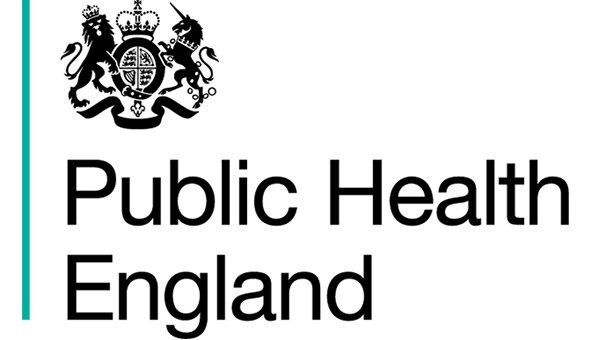One problem with human exposure to carbon monoxide (CO) is that directly demonstrating CO toxicity is difficult as symptoms of CO poisoning are non-specific. CO can also be rapidly eliminated from the body.
Once the level of suspicion in the medical practitioner is raised, methods to confirm CO exposure require specialist equipment: blood gas or breath analysers, which tend to be utilised some time after the patient has been removed from the source of exposure. This makes detection difficult and poisoning harder to confirm due to the half-life of CO in the body.
It is considered likely that CO poisoning is under diagnosed and if diagnosed, not necessarily detected or confirmed, making accurate morbidity and mortality statistics caused by exposure to CO, difficult to obtain.
There is a need therefore, to identify markers of exposure to CO which indicate both the presence and levels of toxicity, for use by medical practitioners and coroners. Such markers need to be robust and long lasting.
The terminal enzyme of the mitochondrial respiratory chain, cytochrome c oxidase (COX) is a major cellular target for CO inhibition. Evidence suggests that CO may cause long lasting inhibition of COX, even when CO exposure has stopped, indicating that COX activity may be an indicator of CO exposure.
The purpose of this study was to:
- Determine if mitochondrial COX activity levels are stable post mortem, to permit COX to be used as a screening tool in Coroner’s investigations of suspected CO poisoning.
- Determine levels of mitochondrial COX in post mortem human brain tissues exposed to CO in vivo, and to determine if COX levels differ from those found in normal tissues.
This study permitted the evaluation of the potential of COX as a biomarker of CO exposure in the investigation of CO poisoning, where fatalities occur. The intention would be to eventually use COX activity in other tissues as a marker of CO exposure at post mortem and also in accident and emergency departments.
























